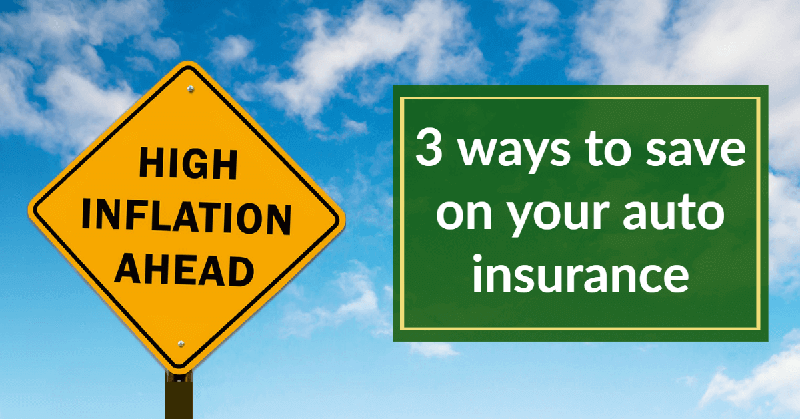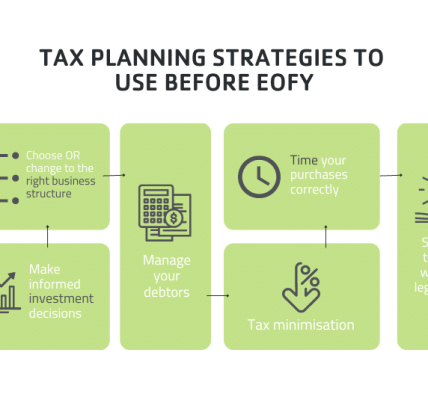Navigating the current economic climate, especially with soaring inflation, requires a smart approach to personal finances, and one area where significant savings can often be found is car insurance․ The rising cost of living impacts everything, including the premiums we pay to protect our vehicles․ Understanding the factors that influence insurance rates and actively seeking out discounts and better coverage options are crucial strategies for weathering this financial storm․ Therefore, understanding how to save money on car insurance is more crucial than ever before․
Understanding the Factors Affecting Car Insurance Rates During Inflation
Several elements contribute to the fluctuation of car insurance rates, particularly during periods of high inflation․ It’s essential to understand these to effectively mitigate the rising costs:
- Increased Repair Costs: Inflation directly impacts the cost of car parts and labor․ When vehicles require repair after an accident, the expenses for these services are significantly higher, leading insurance companies to increase premiums to cover these costs․
- Higher Medical Expenses: Medical costs are also susceptible to inflationary pressures․ If an accident results in injuries, the insurance company will likely face higher payouts for medical bills, which impacts overall insurance costs․
- Supply Chain Issues: Global supply chain disruptions can lead to longer wait times for replacement parts, further driving up repair costs and, consequently, insurance premiums․
- Rising Vehicle Theft: Economic hardship sometimes correlates with an increase in vehicle theft․ This can lead to increased payouts for insurance companies, and then higher premiums for all․
Practical Strategies to Lower Your Car Insurance Premiums
Despite the inflationary pressures, there are several actionable steps you can take to potentially reduce your car insurance expenses:
1․ Shop Around and Compare Quotes
One of the simplest yet most effective strategies is to compare quotes from multiple insurance providers․ Online comparison tools and independent insurance agents can help you quickly assess various options and identify the most competitive rates․ Don’t automatically renew your policy without exploring alternative providers․
2․ Increase Your Deductible
A higher deductible means you pay more out-of-pocket in the event of an accident, but it also translates to lower monthly premiums․ Evaluate your financial situation and consider increasing your deductible if you can comfortably afford the higher out-of-pocket expense․
3․ Bundle Your Insurance Policies
Many insurance companies offer discounts when you bundle your car insurance with other policies, such as homeowners or renters insurance․ This can result in significant savings, so inquire about bundling options with your current or potential insurers․
4․ Review Your Coverage Needs
Carefully assess your current coverage levels and determine if you need all the features you’re paying for․ For example, if you have an older vehicle with low market value, you might consider dropping collision coverage and relying solely on liability coverage․ However, be mindful of the risks associated with reduced coverage․
5․ Improve Your Credit Score
In many states, insurance companies use credit scores to assess risk․ Improving your credit score can lead to lower insurance premiums․ Make sure to pay your bills on time and keep your credit utilization low․
6․ Take Advantage of Discounts
Insurance companies offer a variety of discounts for things like good driving records, safe vehicle features, anti-theft devices, and even affiliation with certain organizations․ Inquire about all available discounts to maximize your savings․
Comparative Table: Potential Savings Strategies
| Strategy | Potential Savings | Considerations |
|---|---|---|
| Shopping Around | Varies widely, potentially hundreds of dollars | Requires time and effort to compare quotes |
| Increasing Deductible | Significant reduction in premiums | Higher out-of-pocket expense in case of an accident |
| Bundling Policies | Moderate to significant savings | Requires having multiple insurance needs |
| Improving Credit Score | Can lead to long-term savings | Requires consistent effort to manage credit responsibly |
Beyond the typical advice of comparing quotes and bundling policies lies a realm of unconventional strategies, almost like uncovering secret passages in a financial fortress․ Imagine your car as more than just a vehicle; it’s a rolling billboard, a data generator, and a potential source of unexpected savings․
Unconventional Approaches to Reducing Car Insurance Costs
Let’s delve into some truly innovative methods to combat the rising tide of insurance premiums, moving beyond the standard playbook:
1․ The “Smart Car” Advantage:
Many modern vehicles come equipped with telematics systems that track driving behavior․ While some may shy away from the idea of being monitored, these systems can be your greatest ally․ Insurance companies are increasingly offering usage-based insurance (UBI) programs, where your premiums are determined by how safely you drive․ Smooth acceleration, gentle braking, and adherence to speed limits can unlock significant discounts․ Think of it as a real-world driving game where your reward is lower insurance rates․ Embrace the data; let your driving habits speak for themselves․
2․ The “Minimalist” Approach to Coverage:
Instead of blindly accepting the standard “full coverage,” consider a more tailored approach․ Ask yourself, “What are my true vulnerabilities?” Perhaps you live in a low-crime area, making comprehensive coverage less essential․ Or maybe you have a substantial emergency fund, allowing you to self-insure against minor collisions․ Explore options like “named perils” coverage, which only protects against specific risks you identify, such as hail or vandalism․ This is about becoming a discerning risk manager, not just a passive consumer․
3․ The “Community Carpool” Discount:
Consider forming a carpool group with your neighbors or colleagues and approach insurance companies as a collective․ The larger the group, the more leverage you have to negotiate a bulk discount․ This requires coordination and trust, but the potential savings can be substantial․ It’s like forming a miniature insurance cooperative, leveraging the power of community to lower individual costs․
4․ The “Defensive Driving Dojo”:
Beyond the basic driver’s education course, explore advanced defensive driving programs․ These courses not only enhance your driving skills but also demonstrate a commitment to safety to insurance companies․ Some insurers offer discounts to graduates of accredited defensive driving programs․ It’s an investment in your safety and a potential avenue for premium reduction․
5․ The “Vehicle Modification Transparency”:
While some modifications can increase your premiums (think turbochargers and loud exhausts), others can actually lower them․ Installing advanced safety features, such as collision avoidance systems or blind-spot monitoring, can demonstrate a commitment to safety and potentially qualify you for discounts․ Be transparent with your insurance provider about any modifications you make, and highlight the safety benefits․
A Final Word: Embrace the Unexpected
The world of car insurance is constantly evolving, and new, innovative ways to save money are emerging all the time․ Staying informed, thinking creatively, and being willing to challenge conventional wisdom can unlock significant savings․ As inflation continues to bite, the ability to find unique and effective strategies to save money on car insurance becomes even more critical․ Consider this your call to action: explore the uncharted territories of insurance savings and discover the hidden gems that await․ Don’t be afraid to experiment and negotiate, and you might just find yourself driving away with a lighter wallet and a renewed sense of financial control․ Remember, the insurance landscape is not a fixed battleground, but a dynamic arena where innovation and resourcefulness can triumph․


